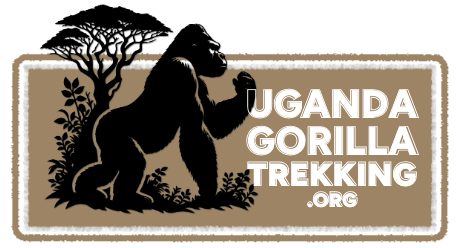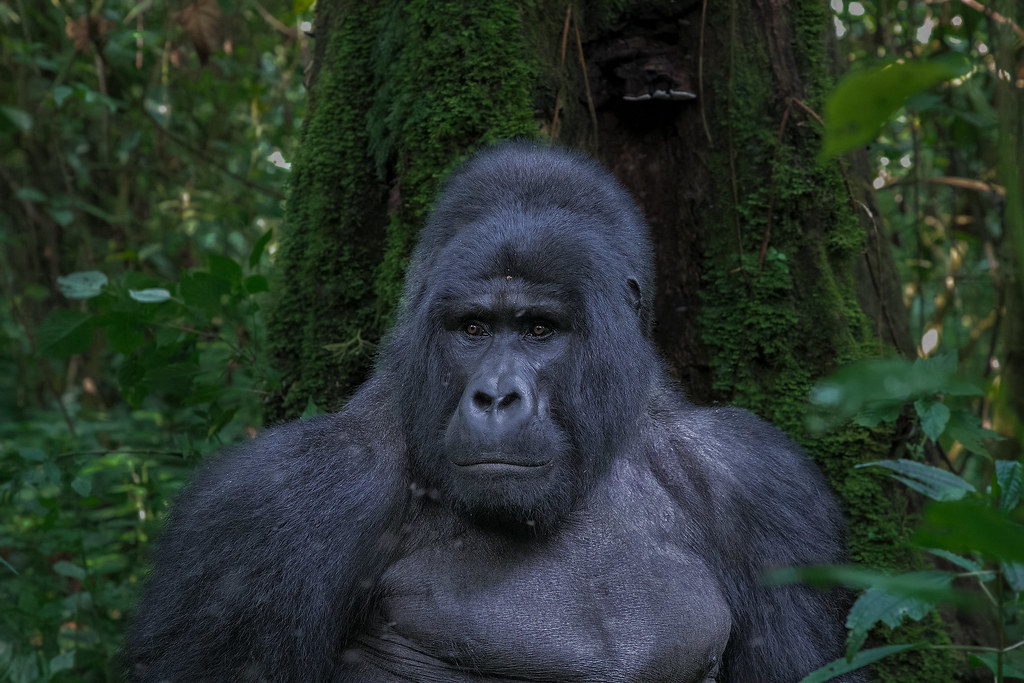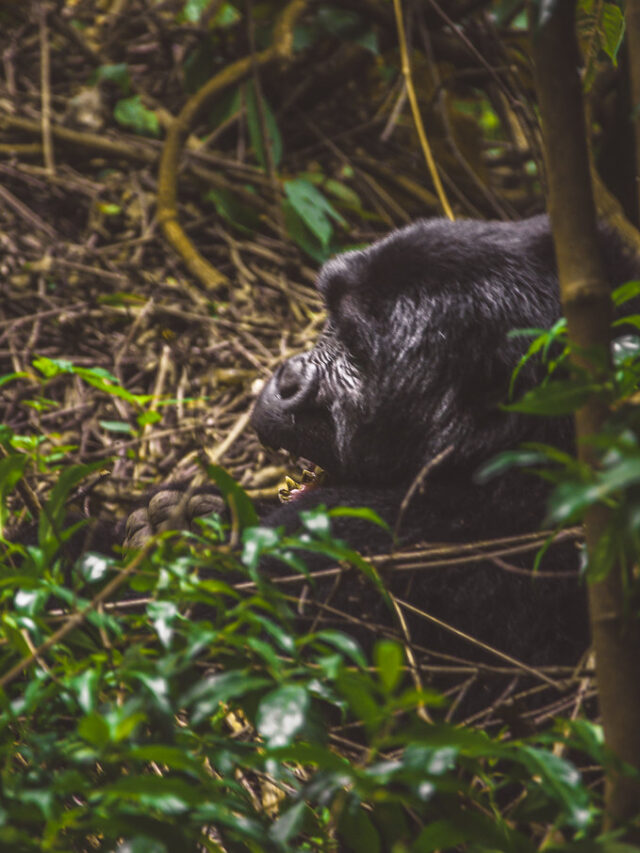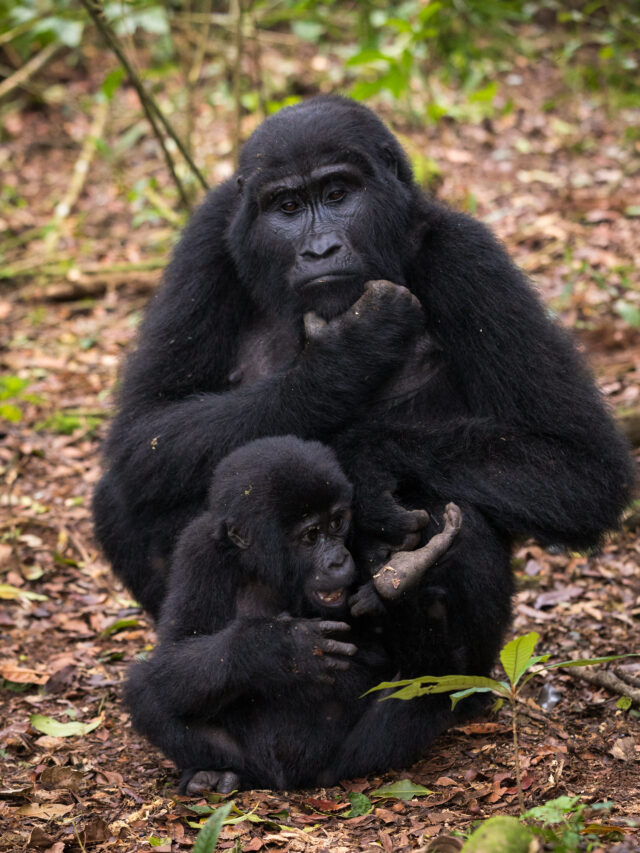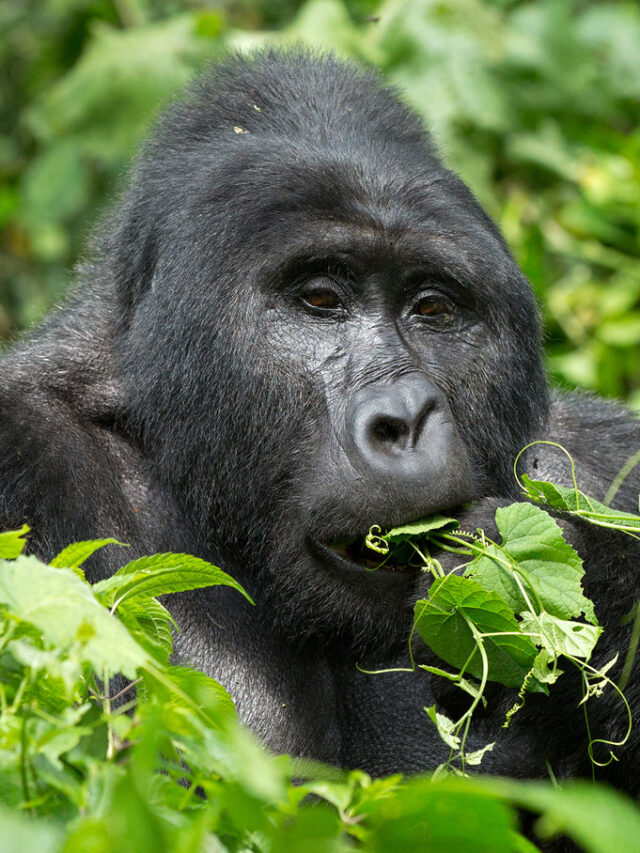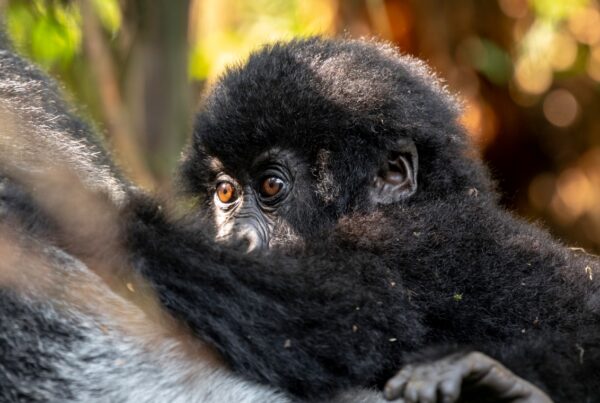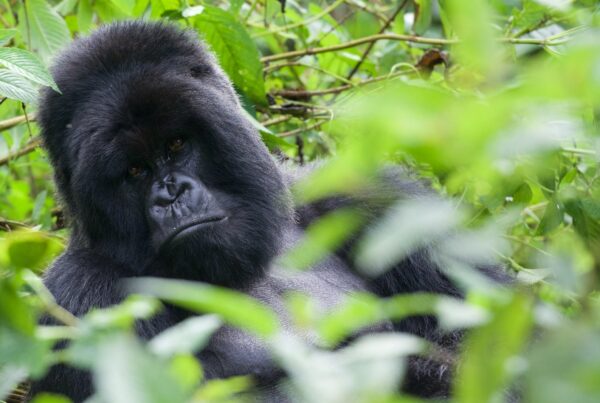Silverback Gorilla Size: The Full Measure of a Forest Titan
Beyond Numbers: Understanding the True Scale of Nature’s Gentle Giant
Step into the heart of Africa’s ancient forests—Bwindi, Virunga, Volcanoes—and you’ll sense it before you see it: a powerful stillness, the hush of anticipation, and then, from behind a curtain of vines, he emerges. Towering, wide, covered in dense black fur with a streak of shimmering silver across his back—the silverback gorilla. His sheer size can silence a trekking group. But how big is a silverback gorilla, truly? What does his size mean, in physical terms and in emotional presence?
To answer that, we need to measure not just inches and kilos, but awe, gravity, and respect. Because a silverback doesn’t just walk through the jungle—he defines it.
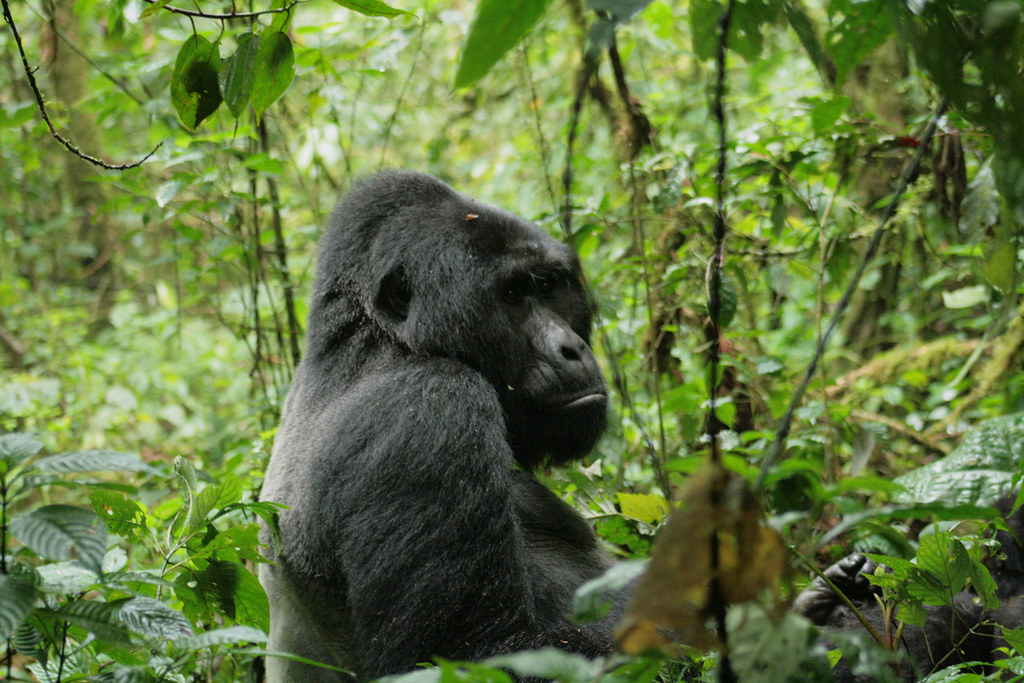
The Actual Dimensions of a Silverback Gorilla
Silverback Gorilla Size — A fully grown silverback gorilla is one of the largest and most physically powerful primates in the world. On average, male silverbacks weigh between 135 to 220 kilograms (300 to 485 pounds). Some larger individuals, especially in ideal conditions, can tip the scale at over 230 kilograms (507 pounds). Their bodies are packed with thick muscle—particularly across the arms, shoulders, and chest—with virtually no fat, giving them that unmistakable robust silhouette.
In terms of height, a silverback standing upright can reach 1.4 to 1.8 meters tall (4 feet 7 inches to nearly 6 feet). However, gorillas are naturally quadrupedal—walking on all fours using their knuckles—so their shoulder height in their normal posture is usually about 1.2 to 1.6 meters (4 to 5.3 feet). What makes them appear much bigger is their upper body width and girth. Their chest can measure up to 1.5 meters (5 feet) across, and their arm span can reach over 2.5 meters (more than 8 feet)—significantly wider than their standing height.
Their hands are large and human-like, with thick fingers that can snap thick bamboo stalks or gently cradle an infant, while their skulls feature a prominent sagittal crest (a ridge of bone) which anchors powerful jaw muscles—giving their heads a distinctive dome-shaped appearance.
Size as a Symbol of Dominance and Maturity
Only mature male gorillas—those over the age of 12—develop the “silver back” that gives them their title. The silvery-grey hair that appears along the back and hips isn’t just for aesthetics. It’s a visual cue of dominance, adulthood, and status. When a male reaches this stage, he’s no longer just a large gorilla. He becomes a leader, a protector, and the central figure of his gorilla family group.
Among mountain gorillas, who inhabit the high-altitude regions of Uganda and Rwanda, size varies slightly compared to their lowland cousins due to differences in food availability and climate. Mountain gorillas are generally stockier, furrier, and more compact, adapted for the colder, wetter terrain—where every kilo matters in survival and leadership.
The Emotional Weight of Their Size
Seeing a silverback in real life redefines your perception of size. You may have read the numbers, but no measurement can prepare you for that moment when one emerges silently from the trees, locks eyes with you, and simply watches. You feel not only his mass but his gravity—the way the forest shifts around him, how even the wind seems to pause. His size carries emotional weight: dominance without violence, stillness with power, and a quiet command that humbles every onlooker.
When he moves, vegetation parts. When he beats his chest, the sound reverberates. When he sits, the ground sinks slightly beneath him. And yet, despite this impressive scale, he moves with grace and control, often making space for others before himself.
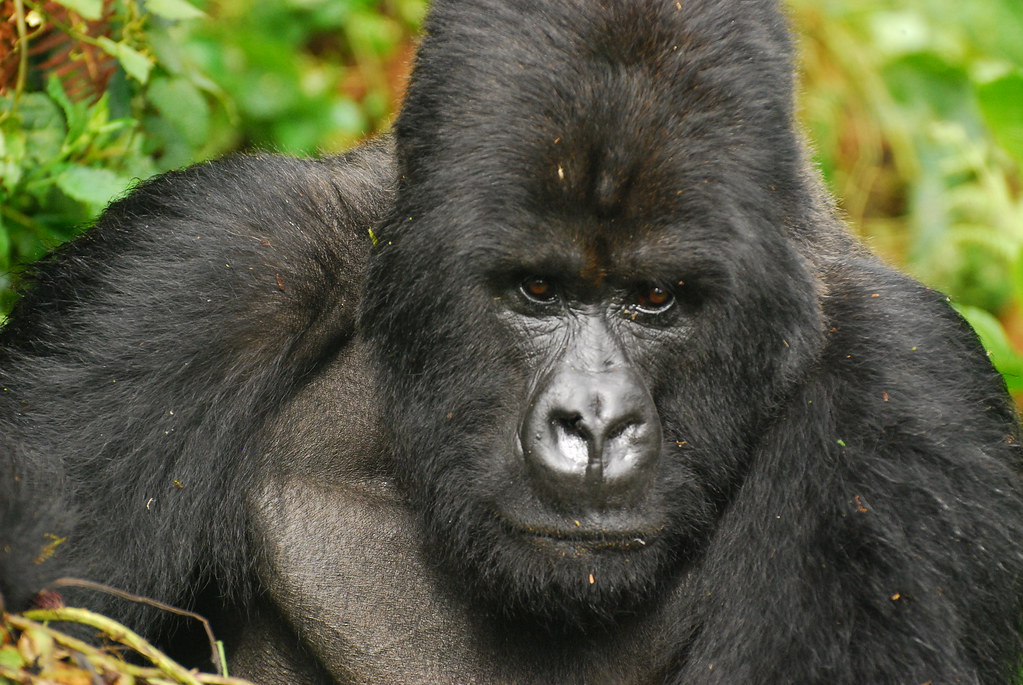
Evolution Designed Him for This
Gorillas evolved to thrive in dense forest habitats where physical strength and body mass matter. Their massive size helps them fend off threats, intimidate rivals, and endure cold mountain nights. But they also evolved social intelligence—and that size is wielded with responsibility. A silverback doesn’t rule by terror; he rules by example—guarding his troop, guiding movements, keeping peace among younger males, and nurturing infants.
Even in their massive size, gorillas remain plant-eaters, consuming leaves, stems, bark, and fruits. This diet requires large gut volume, which contributes to their heavy midsection—another evolutionary adaptation that gives them both mass and function.
